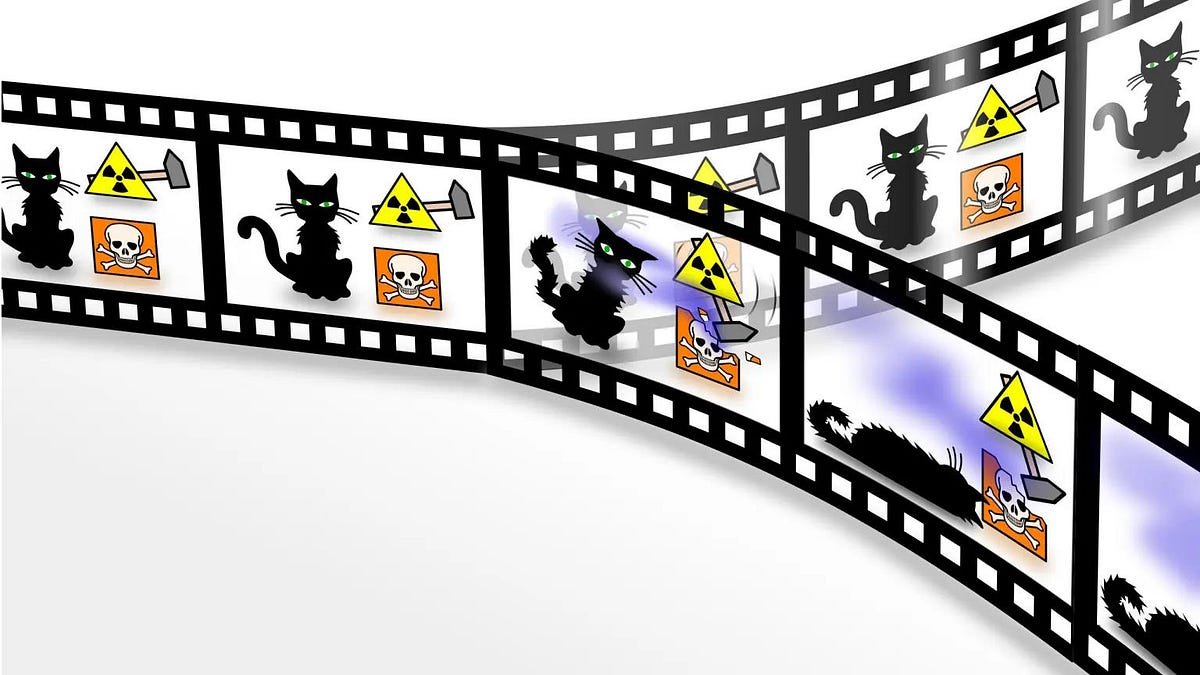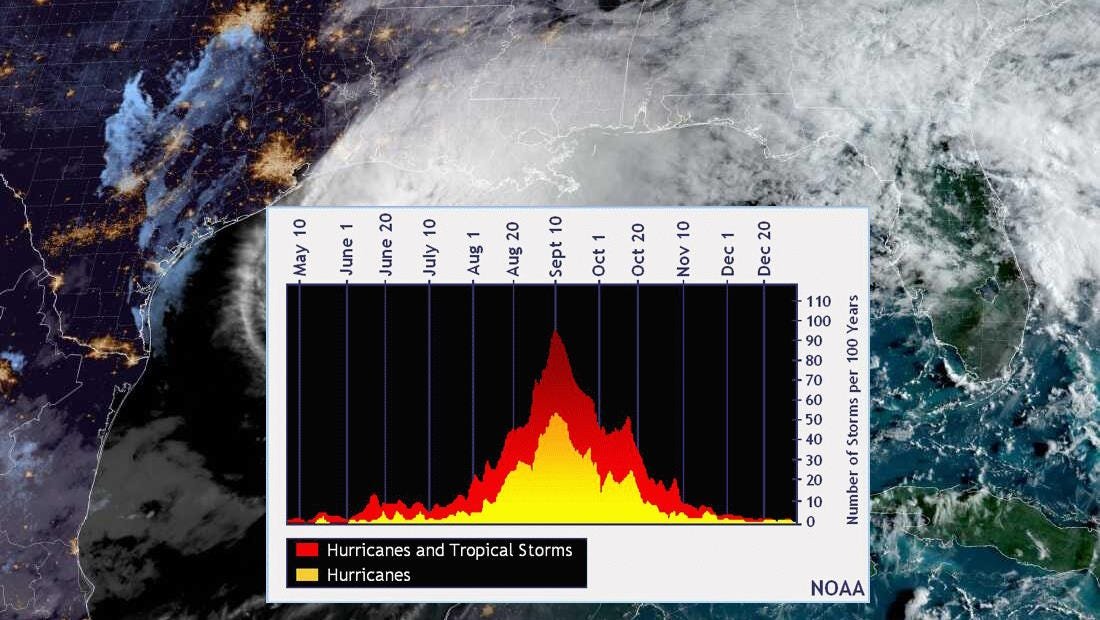
Longest, strongest black hole jets of all-time discovered | by Ethan Siegel | Starts With A Bang! | Sep, 2024
With the discovery of Porphyrion, we’ve now seen black hole jets spanning 24 million light-years: the scale of the cosmic web.
How much of an influence can one single object in the Universe have? Until recently, we didn’t think it was all that much. Sure, individual objects can emit lots of things: photons of all wavelengths, neutrinos and antineutrinos of enormous energies, gravitational waves, and jets of energetic particles that can extend for thousands, hundreds of thousands, or maybe even millions of light-years. Collapsing massive stars can make core-collapse supernovae; merging neutron stars can make kilonovae; supermassive black holes can feed and transform into active galactic nuclei or quasars. All of these objects can, under the right conditions, emit more energy than all the stars within their host galaxies combined.
However, it won’t last. Unlike the steadily shining stars within galaxies, these energetic objects are temporary and transient: shining brilliantly for a brief amount of time, and then fading away back to a quiescent state. They’re capable of not only creating energetic bursts of radiation, but of interacting with the matter that surrounds them:
- creating ionized regions of space,




